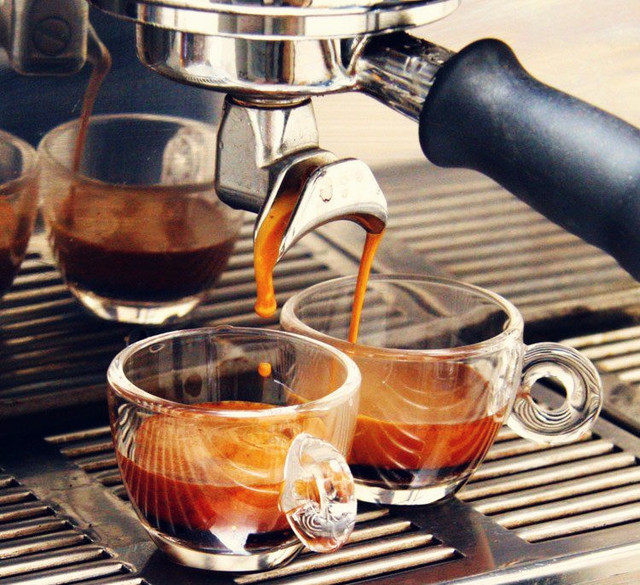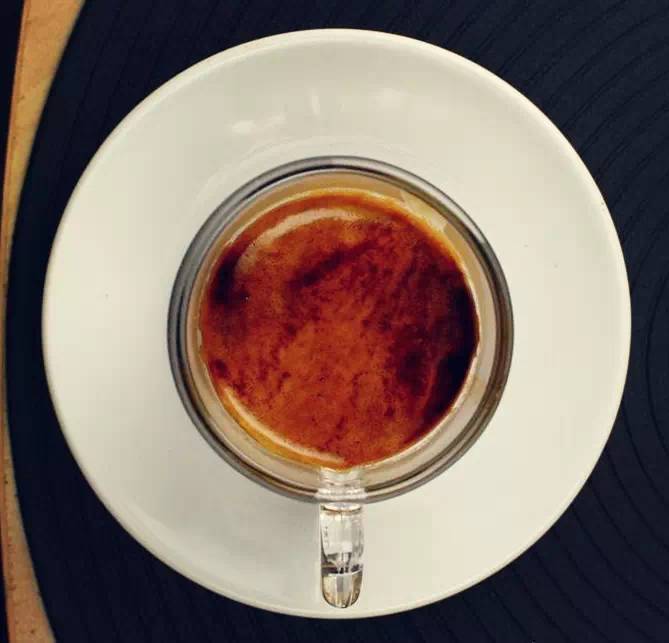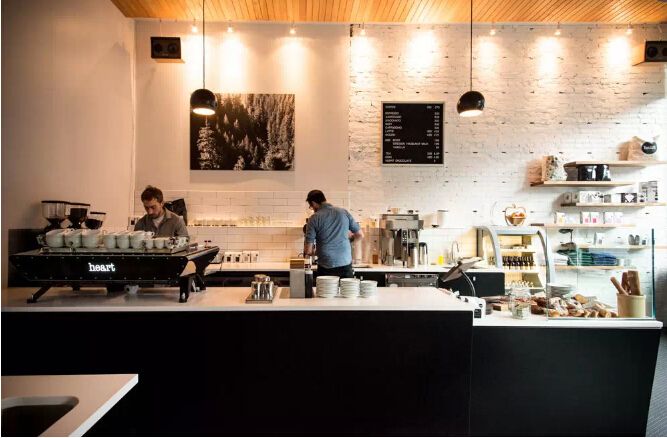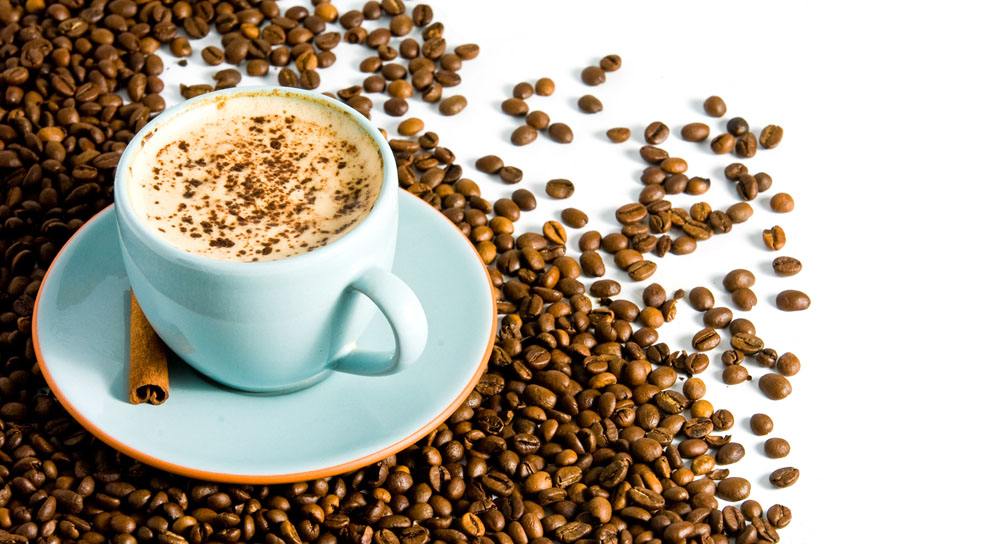The Italian espresso tasting method that baristas must learn
Follow the caf é (Wechat official account vdailycom) and found that Beautiful Cafe opened a small shop of its own.
Unlike other drinks, the visual assessment of coffee is not based on its transparency, concentration, or nuances of liquids. However, the appearance of the brewed coffee can provide us with useful information about the quality of the coffee brand and the brewer's technology. This explains why coffee cups and spoons, while opaque, tell us the most important message: milky foam (CREAMA).

The main purpose of this assessment is to arrive at:
Color, especially concentration and nuance.
Stickiness, relating to the texture of milky foam.
Persistence, the time for the emulsion foam to dissipate.
The color of the foam mainly comes from the caramelized sugar during baking and partly from the oxidized phenol during baking. If Arabica coffee is mixed, the color or nuance can turn dark yellowish brown into dark yellowish reddish and light yellowish brown stripes.
If it is underextracted coffee, it will appear beige; if it is over-extracted coffee, it will be reddish brown. If you use Robusta, the foam will be darker and have a gray shadow.

Overextracted coffee

Underextracted coffee
The consistency of emulsion foam is mainly determined by proteins, fats, polymer sugars and other sticky substances emulsified by gases in plant cells. In the preparation of coffee. These ingredients also affect the duration of the foam, which sometimes remains on the inner wall of the coffee cup when the coffee is finished.
A good espresso has a compact, well-textured, long-lasting foam a few millimeters thick.
This is not just a proof of quality, there is a later sense of smell and taste, it is also critical to the preservation of the direction of the coffee, allowing the aroma to be retained until the coffee is finished.
First of all, the fat in the coffee prolongs the process, which allows the taster to taste it carefully. All this is possible because the aroma components of coffee reach the olfactory mucosa from the back of the throat.
When we smell coffee directly, we can evaluate the intensity and concentration of coffee aroma, roasting intensity and fineness. We can judge good smells and bad smells by the back of the throat.
The unpleasant smell is caused by defects in raw coffee, improper roasting or final improper brewing. The good smell is the feeling we can perceive, thanks to the good quality of coffee beans and the good skills of all operators in the production chain. There is also a strong personal evaluation, which can be described as the good feelings of a good espresso.
Important Notice :
前街咖啡 FrontStreet Coffee has moved to new addredd:
FrontStreet Coffee Address: 315,Donghua East Road,GuangZhou
Tel:020 38364473
- Prev

The barista tells you why you drink freshly ground coffee.
Follow caf é (Wechat official account vdailycom) and find that Beautiful Cafe has opened a small shop of its own. When you smell the coffee powder, it shows that it is deteriorating and the essence of the coffee is diminishing. If the diameter of the coffee powder is doubled, the volume of a single particle is reduced by 1 × 8, and the surface area of the corresponding total coffee powder is doubled. After the coffee bean is ground into coffee powder, it
- Next

The introduction of a professional barista must be seen by a novice.
Following Cafe Review (Wechat official account vdailycom) found that Beautiful Cafe opened a small shop of its own, the current situation of the barista industry 1, Industry Analysis since Venice opened the first coffee shop in the world in 1645, the coffee industry has rapidly spread to Europe and the world, coffee has become a necessity in people's lives. Coffee is one of the three major drinks in the world.
Related
- What is the meaning of lactic acid fermentation with coffee bean treatment?
- How to judge the state of foam by sound?
- How does the latte pull out the unicorn pattern? Come to get for a little trick to improve the flower pull!
- Will flower pulling affect the taste of the latte?
- Do you know the history of coffee?
- The difference between honey treatment and sun washing what is raisin honey treatment?
- What kind of milk can a novice use to make coffee foam to keep the foam longer? The correct method and skills of milking tutorial sharing
- Why do washed coffee beans taste sour? Flavor characteristics of washed Coffee
- Introduction to the skill of how to practice the size and height of water injection around the circle of hand-brewed coffee
- How do beginners practice coffee flower drawing from scratch?

